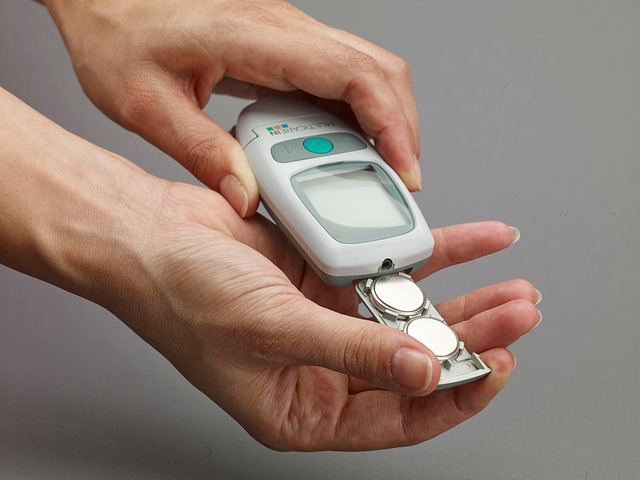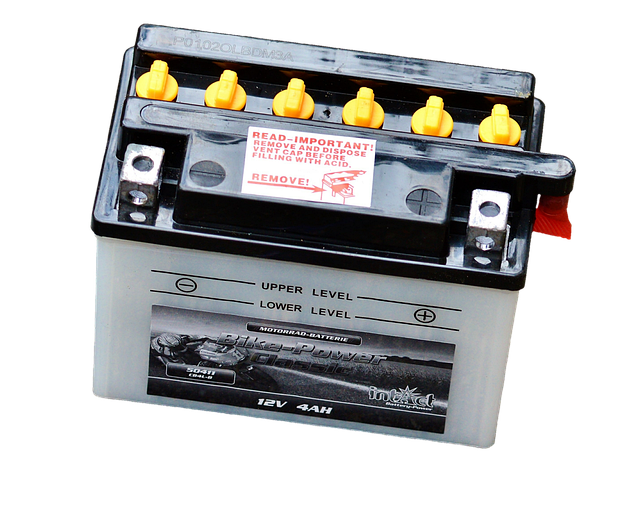Electric vehicles are reshaping the way we think about mobility, and at the heart of this transformation lies the battery. While the promise of zero‑emission driving is alluring, the real value of an electric car depends largely on the performance, reliability, and lifespan of its energy storage system. A proactive approach—often referred to as a battery monitoring service—helps owners and service providers keep the battery in peak condition, prevent costly failures, and extend the overall lifespan of the vehicle.
Why Battery Health Matters More Than Ever
The battery pack in an electric car is not just a passive component; it is a complex network of cells, sensors, and management systems that must operate in harmony. Over time, factors such as temperature fluctuations, charge cycles, and driving habits gradually degrade the cells. When degradation crosses a critical threshold, power output drops, range shrinks, and the risk of thermal runaway increases. A battery monitoring service equips drivers with the information needed to detect early signs of wear, adjust charging habits, and schedule maintenance before problems become irreparable.
Key Metrics Tracked by a Battery Monitoring Service
Modern battery monitoring solutions rely on a set of core metrics:
- State of Charge (SoC) – the current energy level relative to total capacity.
- State of Health (SoH) – a cumulative indicator of overall battery health.
- Temperature profile – cell and pack temperatures during operation and charging.
- Voltage and current balance – ensuring each cell remains within safe operating limits.
- Charge/discharge cycle count – an indicator of how many times the battery has been fully cycled.
By continuously monitoring these parameters, a battery monitoring service can flag anomalies that may signal imminent failure.
The Role of Onboard Diagnostics in Battery Management
Electric cars come equipped with a sophisticated Battery Management System (BMS). This embedded platform collects real‑time data from thousands of sensors distributed across the pack. When paired with a battery monitoring service, the BMS becomes a predictive tool rather than a reactive one. For instance, if the BMS detects a voltage drop in a particular module, the monitoring service can alert the driver and recommend a diagnostic scan. Such early intervention can prevent uneven aging and prolong the battery’s useful life.
How Regular Maintenance Keeps the Battery Healthy
Routine maintenance is not limited to visual inspections. A comprehensive battery monitoring service typically includes:
- Software updates for the BMS and associated firmware to improve efficiency and safety.
- Calibration of temperature sensors to ensure accurate readings.
- Inspection of cooling systems, such as liquid coolant loops, for leaks or blockages.
- Verification of cell balancing procedures to mitigate uneven wear.
These steps, when performed systematically, help maintain the battery’s performance envelope and avoid costly replacements.
Charging Habits and Their Impact on Battery Longevity
Charging strategy is a major lever for preserving battery health. Fast charging delivers high current pulses that can accelerate degradation, especially when the pack is already warm. A battery monitoring service can provide real‑time recommendations, such as:
- Limit fast charging to 80% SoC for daily use.
- Use slow or trickle charging overnight when the battery is cooler.
- Avoid charging to 100% on a regular basis unless required for long trips.
By aligning charging practices with these guidelines, drivers can reduce stress on the cells and keep the pack healthier for longer.
Temperature Management: The Silent Guardian
“Temperature is the silent guardian of battery health,” says Dr. Elena Rossi, an automotive battery specialist. “Managing heat is as critical as managing charge.”
The BMS monitors temperatures across the pack and can activate cooling or heating mechanisms as needed. A battery monitoring service extends this capability by correlating temperature data with driving patterns and environmental conditions. For example, it can predict when the battery will become too hot during a city commute on a hot day and advise a slower driving pace or an early stop for cooling.
Data‑Driven Decision Making for Fleet Operators
For companies that operate electric fleets—delivery vans, taxis, or municipal vehicles—a battery monitoring service offers strategic advantages. Aggregated data allows fleet managers to schedule maintenance during low‑demand periods, optimize charging schedules across multiple stations, and predict replacement timelines. This reduces downtime, lowers operating costs, and enhances the overall return on investment.
Predictive Analytics: Turning Data into Action
Advanced battery monitoring solutions incorporate machine learning algorithms that analyze long‑term trends. By learning from patterns in temperature, SoC, and load, the system can forecast degradation rates and estimate remaining useful life with greater accuracy. This predictive insight helps owners decide when to replace a battery or when a particular vehicle is nearing the end of its service life.
The Human Element: Driver Awareness and Education
A battery monitoring service is only as effective as the driver’s understanding of its alerts. Educating owners on how to interpret data, what thresholds to watch, and how to adjust driving habits is essential. Most services provide intuitive dashboards that display SoH and temperature trends, but the real benefit comes when users act on that information—choosing cooler charging times, moderating high‑speed acceleration, or scheduling a professional inspection when a warning flag appears.
Future Trends in Battery Monitoring
Emerging technologies are set to transform battery monitoring further. Wireless sensor networks, edge computing, and integration with vehicle-to-grid (V2G) infrastructure promise real‑time data streams and smarter energy management. Additionally, regenerative braking systems can be fine‑tuned using detailed battery metrics, improving both range and cell longevity. As electric vehicles evolve, a robust battery monitoring service will remain a cornerstone of sustainable mobility.
Conclusion: Protecting Your Investment Through Smart Monitoring
In the rapidly expanding world of electric transportation, the battery is the linchpin of performance, safety, and value. A dedicated battery monitoring service transforms raw sensor data into actionable insights that safeguard this critical component. By staying vigilant, adopting best charging practices, and embracing predictive maintenance, drivers and fleet operators alike can enjoy longer ranges, fewer unexpected outages, and a higher return on their electric vehicle investment.




